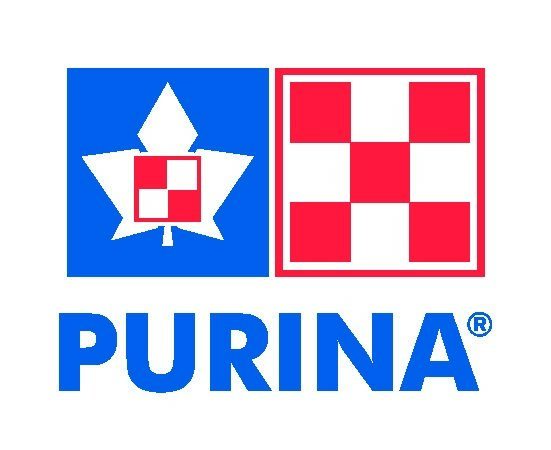The U.S. genetic index, called Total Performance Index or TPI, has played a large role in the genetic improvement of the Holstein breed throughout the years. While LPI is the most common index used in Canada, TPI is gaining popularity, so the pending changes are important to realize.
TPI explained
When asked, a majority of producers who use a selection index like TPI cannot explain the make-up of it – even if they use it as a tool to select which bulls they implement into their breeding program.
An easy way to think of TPI is to group together the traits that make up each of three main categories: production, health and conformation or type.

As you can see in Figure 1, the current TPI formula is production-focused with relatively equal weights on health and conformation.
TPI has typically been a production and conformation index throughout the years. It even stood for Type-Production Index at one point but has recently increased the focus on health traits.
Changes over time
To develop any national index is a challenging task. The goal of general indexes is to provide an easy way for the average farmer to rank sires (and cows) available for selection. We must realize that any index is subject to change over time – and rightfully so – as production and market prices change.

Since economic conditions and prices for milk and beef have shifted once again, changes have been finalized for a new version of TPI. The proposed differences shown in Figure 2 will take effect starting in December.
The new TPI will essentially take emphasis away from conformation and add it to production traits. Within TPI, those conformation points will be put on a new index called feed efficiency, which is largely driven by extra pounds of fat and protein.
It is important to keep in mind that with these adjustments, bulls you may have been selecting from atop various index lists will certainly re-rank with the next proof round.
The effect of traits on sire rank

Tables 1 and 2 dig deeper into the differences that various traits make toward a bull’s final TPI in the current and new TPI formulas. The additional points on PTAP and PTAF come from the weight on the new feed efficiency index.

Fertility index is the other addition to the new TPI formula. The fertility index combines daughter pregnancy rate (DPR), heifer conception rate (HCR) and cow conception rate (CCR).
HCR is a virgin heifer’s ability to conceive, defined as the percentage of inseminated heifers that become pregnant at each service. An HCR of 1 implies that daughters of this bull are 1 percent more likely to become pregnant than the daughters of a bull with an evaluation of zero.
CCR is essentially the same as HCR, except for cows. CCR is a lactating cow’s ability to conceive and is defined in the same way as HCR.
The real effects on current sires
To see how selection index changes can impact a bull’s rank on an industry list, let’s look closer at two different daughter-proven sires. These are the differences we will see in TPI from the time of this writing to December, without a change in daughter information.

You can see in Table 3 that because extra emphasis will be placed on DPR, HCR and CCR – and reduced emphasis on PTAT, UDC and PL – a bull like Fixman will gain nearly 50 TPI points.
On the other hand, a bull like Porter will drop in rank because of the index modification. While he excels in PTAT, UDC and PL, less emphasis will be given to those traits. Porter’s new TPI will drop him to a ranking lower than Fixman, a bull who he currently outranks by more than 100 TPI points.
These two bulls remain exactly the same bull before and after the index change. They rank differently from the current to new indexes only because the industry index says they should.
If you’ve set your own genetic plan to put emphasis only on the traits that matter to you, these bulls will not change rank. If you want high production and components, Fixman will still be a great fit for you. And if conformation is what you’re after, Porter will still fit the bill.
How important is rank?
If you evaluate rankings more closely on the top current active TPI lists, you’ll see that a meager 40 TPI points separate the 100th-ranked from the 200th-ranked bull – less than the number of points a bull like Fixman or Porter could gain or lose because of the index change.
We generally associate a higher rank to mean a “better” bull. But “better” is also a subjective and relative term. When selecting sires to use in your breeding program, it’s important to know what a bull’s rank on these lists really means. Keep in mind that just because a bull ranks high on TPI this proof round or the next doesn’t mean that his traits actually match your breeding goals.
If you are a producer who never culls cows because of issues with udders or feet and legs, then any index points you gain from the conformation traits are of little value. While the fluctuating weights of these industry-standard indexes might be the right weights for the average dairy, the real question you need to ask yourself is if these are the right weights for you.
Make the right selection decisions
The various combinations on different trait weightings are numerous, and the way different traits affect a bull’s rank on the TPI list all make one point evident: There is no such thing as a “one-size-fits-all index.”
So as changes are implemented to industry-standard indexes, keep these points in mind as you evaluate sires you use on your farm:
1. Changes are coming to the TPI index starting in December, so be sure you know what you are selecting for if you choose to utilize this or any industry-standard index.
2. A bull’s TPI rank will change disproportionately with even a small increase or decrease in individual traits because of the pending changes in trait weights.
3. The best selection index is the genetic plan you develop with your A.I. representative. When you customize your plan to put weights on the traits that matter to you, you’ll continually make progress toward your goals – even when industry indexes change. PD
Nate Zwald is the U.S. sales manager with Alta Genetics.

- Chrissy Meyer
- Marketing Editor
- Alta Genetics









